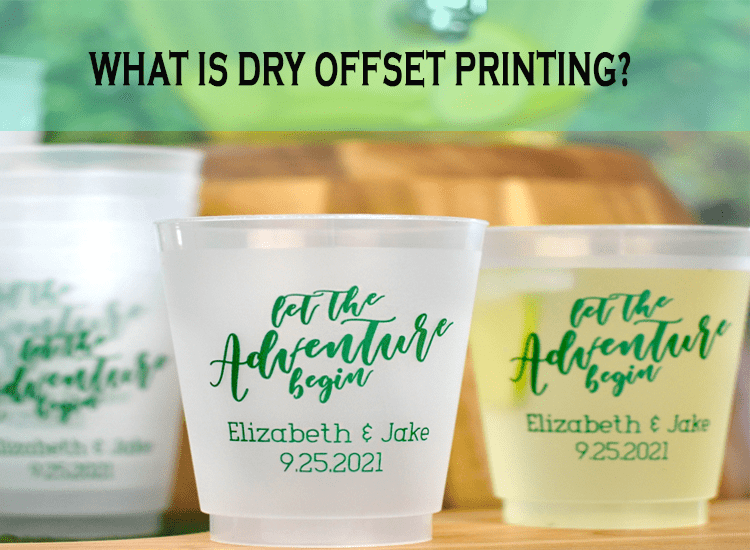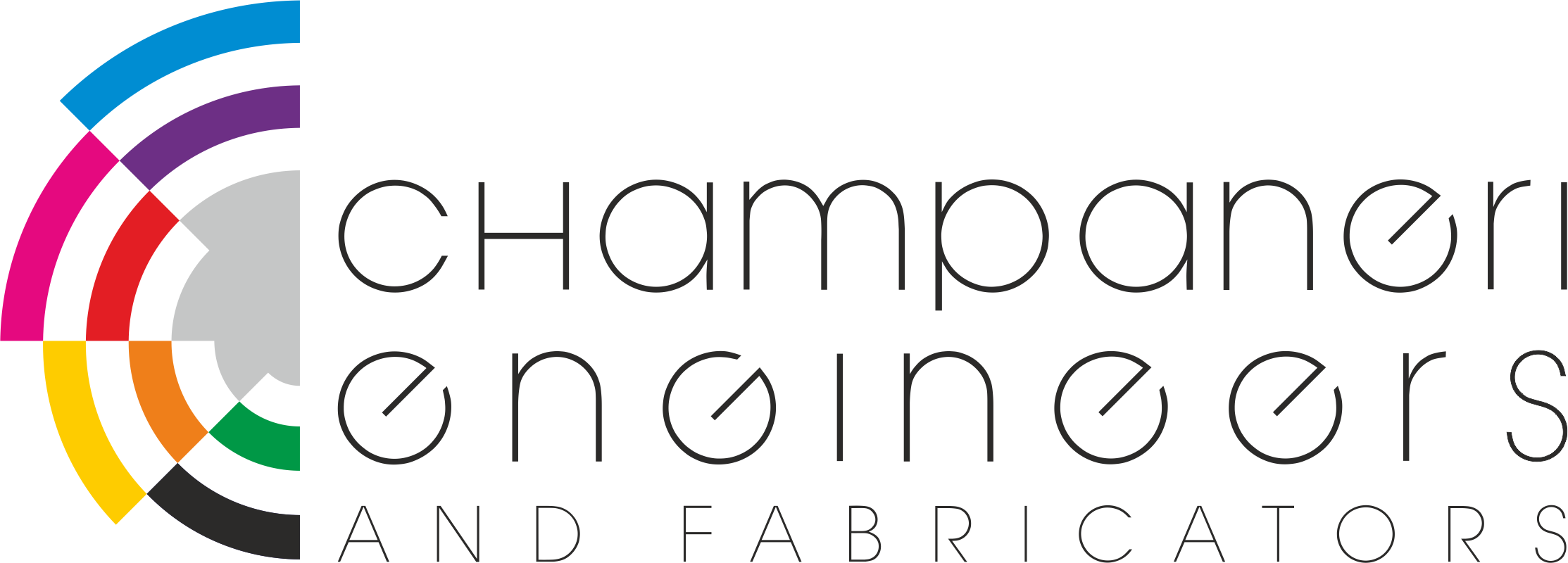- September 11, 2018
- Posted by: champaneri
- Category: Uncategorized

Offset printing, in short, uses plates to transfer images onto what is called a blanket. The rubber blanket then rolls the image onto a sheet of paper. Setting up the machine, plates, and blanket can take some time, and all plates must be made custom, which adds cost to the print job. However, the result is crisp, professional looking documents. The colors are more varied and the accuracy is superb, which is essential when they need to be exact for your needs.
You can see an offset printer at work here. Because the plates and machine take time and extra money to set up and produce, offset printing is best for larger projects with a high distribution rate. However, even modern day digital printing cannot measure up to the customizable features of offset printing.
In offset printing the matter to be printed is neither raised above the surface of the printing plate nor sunk below it . Instead, it is flush with the surface of the plate; thus offset is classified as a planography method of printing.
Offset printing, as a development of lithography, is based on the principle that water and grease do not mix, so that a greasy ink can be deposited on grease-treated printing areas of the plate, while nonprinting areas, which hold water, reject the ink. The offset plate is usually of zinc or aluminium or a combination of metals, with the surface treated to render it porous and then coated with a photosensitive material. Exposure to an image hardens the coating on printing areas; the coating on nonprinting areas is washed away, leaving wetted metal that will reject ink.
Modern offset printing is done on a press composed basically of three rotating cylinders: a plate cylinder, to which the metal plate is fastened; a blanket cylinder covered by a sheet of rubber; and an impression cylinder that presses the paper into contact with the blanket cylinder. The plate cylinder first comes in contact with a series of moistening rollers that deposit moisture in the granulations of the metal. A series of inking rollers then pass over the plate, and the ink is rejected by the water-holding areas and accepted by the greasy image. The inked image is transferred to the rubber blanket and is then offset to the paper travelling around the impression cylinder.
Our high quality direct print process uses up to 8 colours, providing label quality decoration with the economy of direct print. With our unique printing process we have the potential to replicate photographic quality, detailed designs. All separations and printing plates are produced in-house, giving total control, a quick turnaround and the ultimate flexibility.
